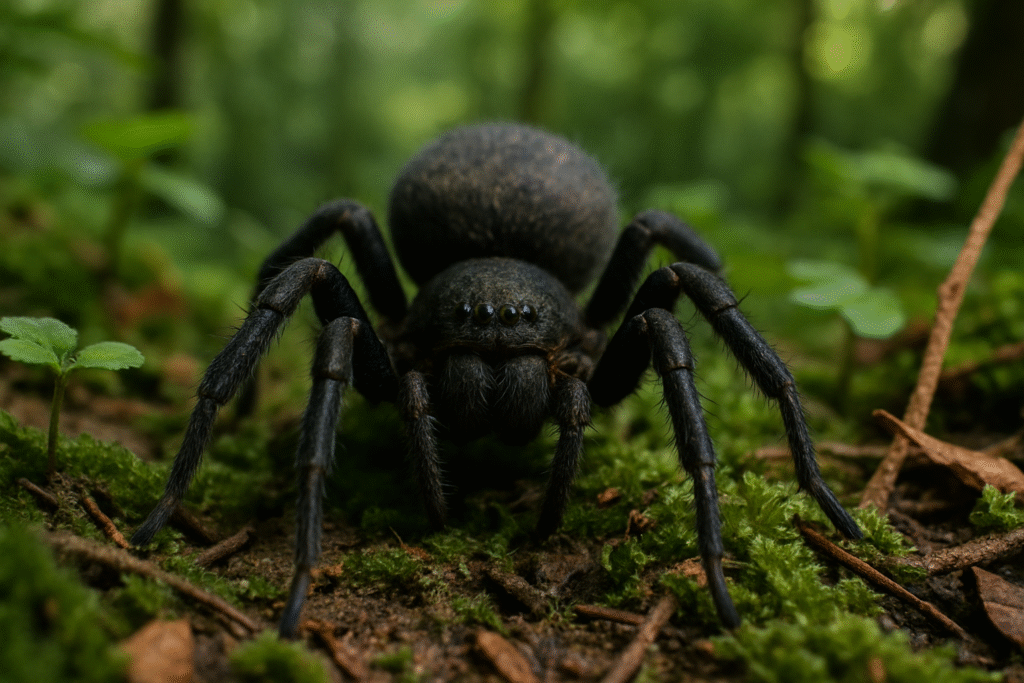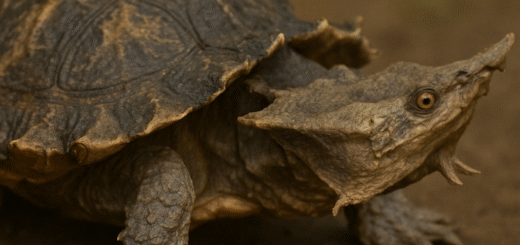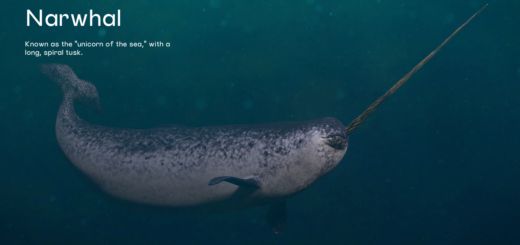Meet the Spider – Nature’s Silent Architect
More Than Just a Creepy Crawle
When most people think of spiders, they imagine eight-legged creatures lurking in dark corners, spinning webs that seem to appear overnight. But look closer, and you’ll find something much more fascinating—spiders are nature’s silent architects, crafting intricate structures with precision, purpose, and design far beyond their size.

From the strength of their silk to the symmetry of their webs, spiders are master builders who play a vital role in the ecosystem.
The Web: A Masterpiece of Natural Engineering
One of the most iconic symbols of a spider is its web. These aren’t just traps—they are engineering marvels.
- Spider silk is stronger than steel by weight, yet incredibly flexible.
- Orb-weaver spiders can construct their web in under an hour, using carefully timed movements and exact geometry.
- Each web serves a purpose: catching prey, shelter, mating display, or even a nursery for eggs.
Spiders don’t use blueprints or tools, yet they consistently build structures that are both efficient and elegant, often using just instinct and a few grams of silk.
Types of Spider Architecture
There are over 48,000 known species of spiders, and each has its own architectural style:
- Orb Webs: The classic spiral webs, seen in gardens and forests.
- Cobwebs: Tangle-style webs built by house spiders.
- Funnel Webs: Tunnels with hidden retreats, often seen in the grass.
- Trapdoor Spider Burrows: Underground homes with camouflaged lids.
- Net-Casting Spiders: They throw a web like a lasso—true hunters!
Each web design is adapted to its environment, showing how spiders are not only survivors but skilled problem-solvers.
Why Spiders Matter
Spiders aren’t just web-builders—they’re natural pest control agents. One spider can eat hundreds of insects per week, helping balance ecosystems without chemicals.
Benefits of spiders include:
- Controlling mosquito and crop pest populations
- Supporting biodiversity
- Inspiring scientific research (e.g., biodegradable silk for surgery, robotics, and textiles)
Though often feared, spiders are crucial to healthy environments and agriculture.
Fun Fact: Spiders Don’t Get Stuck in Their Own Webs
Spiders avoid sticking to their own silk thanks to special leg coatings and careful movement patterns. Their feet grip only specific silk threads while avoiding the sticky ones—a brilliant design trick of nature!
Final Thoughts: Time to Rethink Spiders
Instead of viewing spiders with fear, we should see them as tiny architects working tirelessly behind the scenes. Their designs, instincts, and contributions to the natural world are nothing short of remarkable.
Next time you walk past a glistening web in the morning dew, pause for a moment—you’re witnessing a masterpiece.








